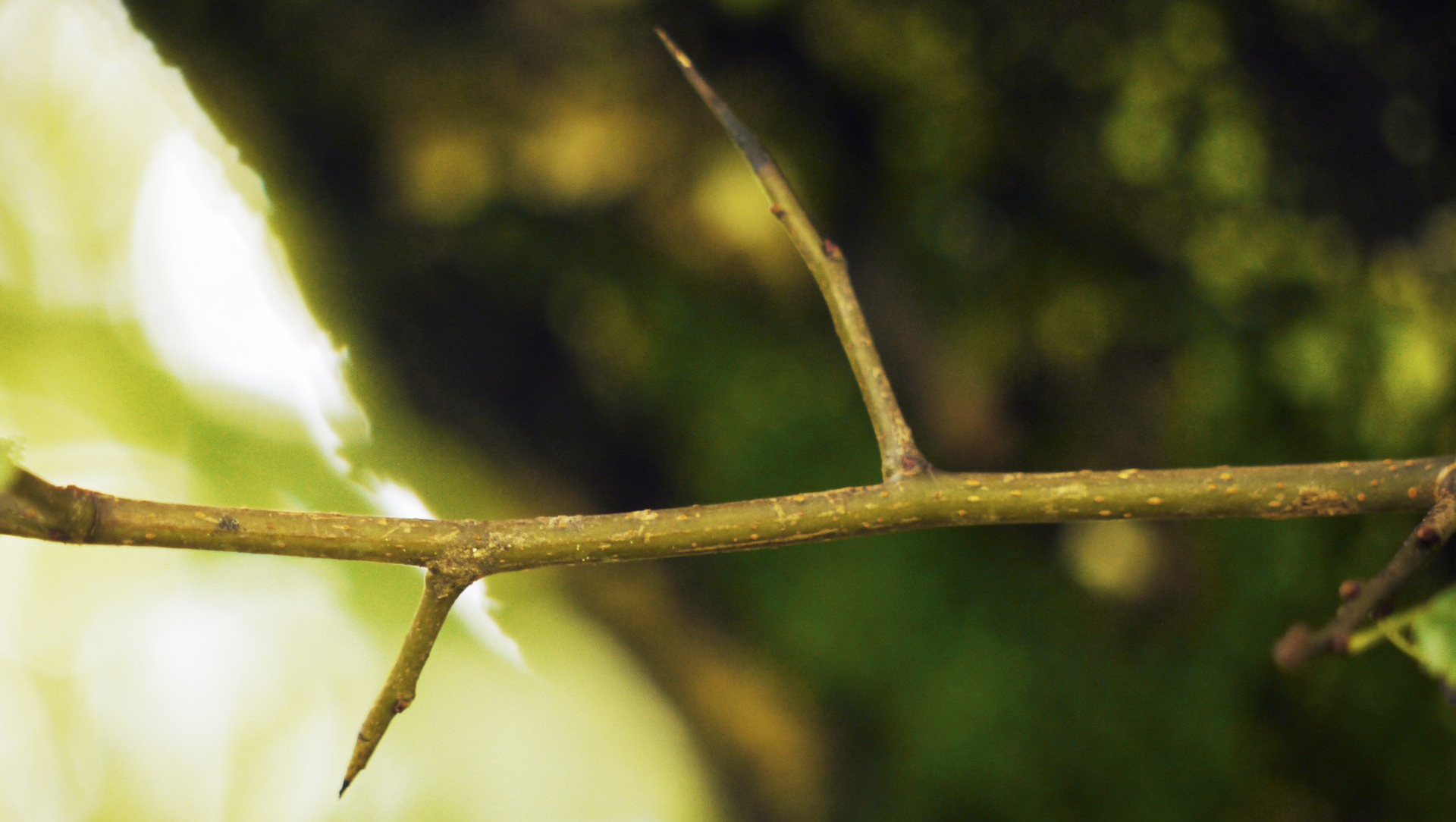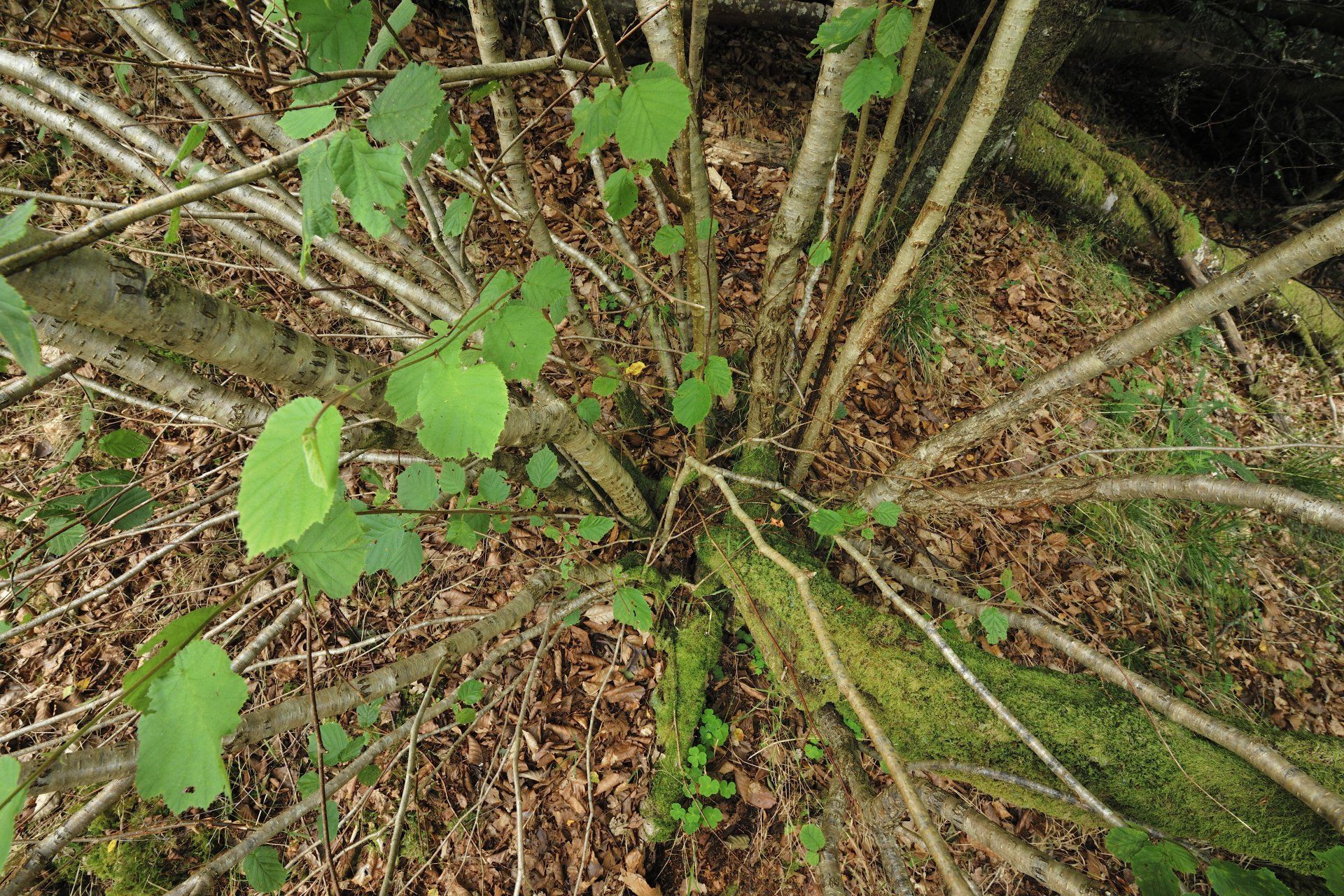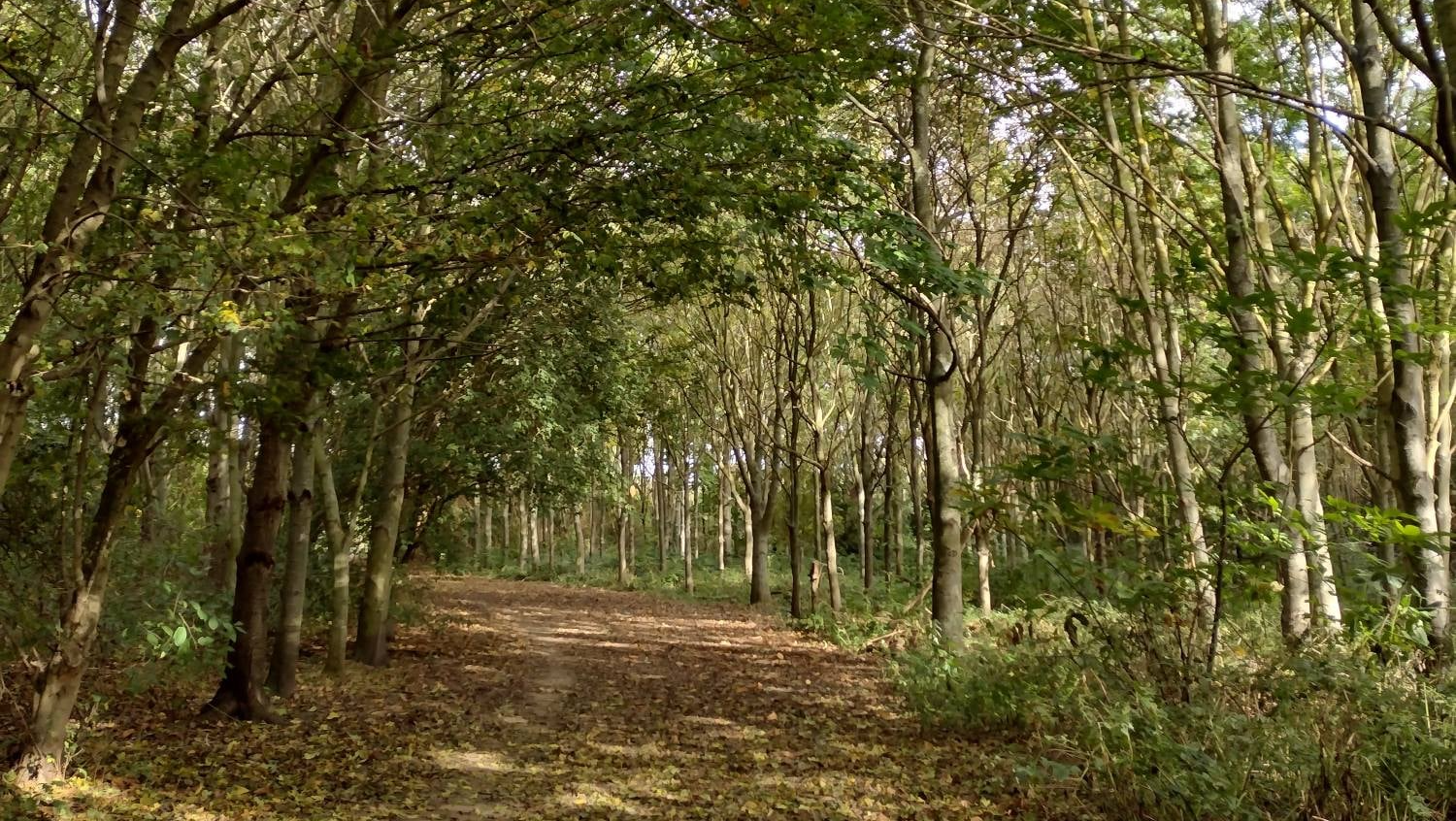Trees - Supporting Academic Research in East Anglia
Understanding what factors promote natural colonisation in planted woodlands allows us to combine a re-wilding approach with traditional tree planting.
That's according to Feadora Morris, who is studying for a Masters in Ecology at the University of East Anglia.
She is running a study into this innovative approach, and for that she needs planted woodlands to survey - As she explains here:

Natural Colonisation - The Benefits
Natural colonisation and natural regeneration are terms used to refer to tree and shrub species that are planted “naturally” either by gravity or bird and mammal species. The distinction between these terms relies on the existing habitat classification; natural regeneration is found in established woodlands where trees have reached maturity and the seeds they produce germinate “in situ”.
Natural colonisation however refers to habitats where the seed source is from nearby; this is the case for areas of open ground or young planted woodland where the trees are not yet producing seed (most native species start to produce seed between 20-60 years of age). Natural colonisation and regeneration are closely allied with the concept of re-wilding and are frequently seen as preferable methods of creating or restocking woodland to planting trees manually.

However both natural colonisation and tree planting have their relative merits so why choose between them? Too often in conservation science we are faced with a false dichotomy and yet these approaches are not mutually exclusive. Indeed, planted woodlands may provide many suitable conditions for colonisation in that:
- the site has already been designated a woodland (and will be locked in for a fixed term)
- planted woodland provides a habitat suitable for seed-caching species such as jays, squirrels and other rodents
- planted trees provide shelter from wind and sun and can block out vigorous weeds and grasses that impede natural colonisation
- planted trees can act as a proxy for “established woodland”, providing dappled light through which saplings can grow
- birds use tree guards/stakes as perches which can aid seed dispersal

Given the scale of recent and proposed tree planting projects, it is important that we learn more about what factors promote natural colonisation in planted woodlands so that we can combine both approaches and improve the overall resilience of our woodlands. This is the aim of my MSc study and for that I need lots of young woodlands to survey!
If you have or know of a young woodland (planted between 2004-2018) in Norfolk or Suffolk then please get in touch. Not only will you be contributing to the knowledge base of this under-studied subject, but with my background in ecology and conservation, I can also offer informal advice on how best to maximise biodiversity within your woodland.
For more information - please email Feadora direct: feadoramorris@googlemail.com

New Paragraph
WildEast Blog

Powered by LocaliQ
Follow Us
SIGN UP FOR NEWS & UPDATES
Newsletter Sign Up
Thank you for signing up to our newsletter.
Please try again later.
Privacy / Terms & Conditions / Sitemap
